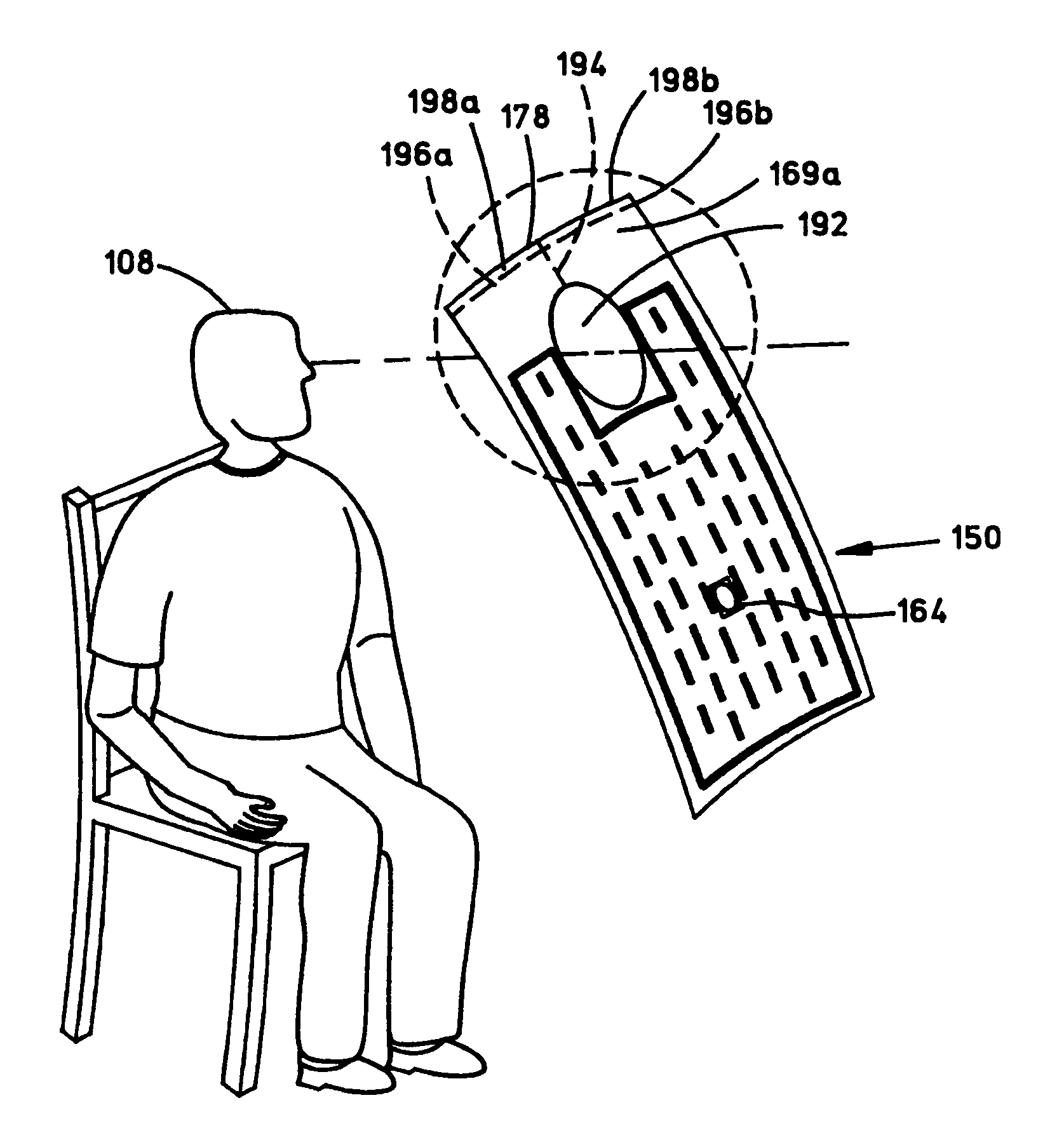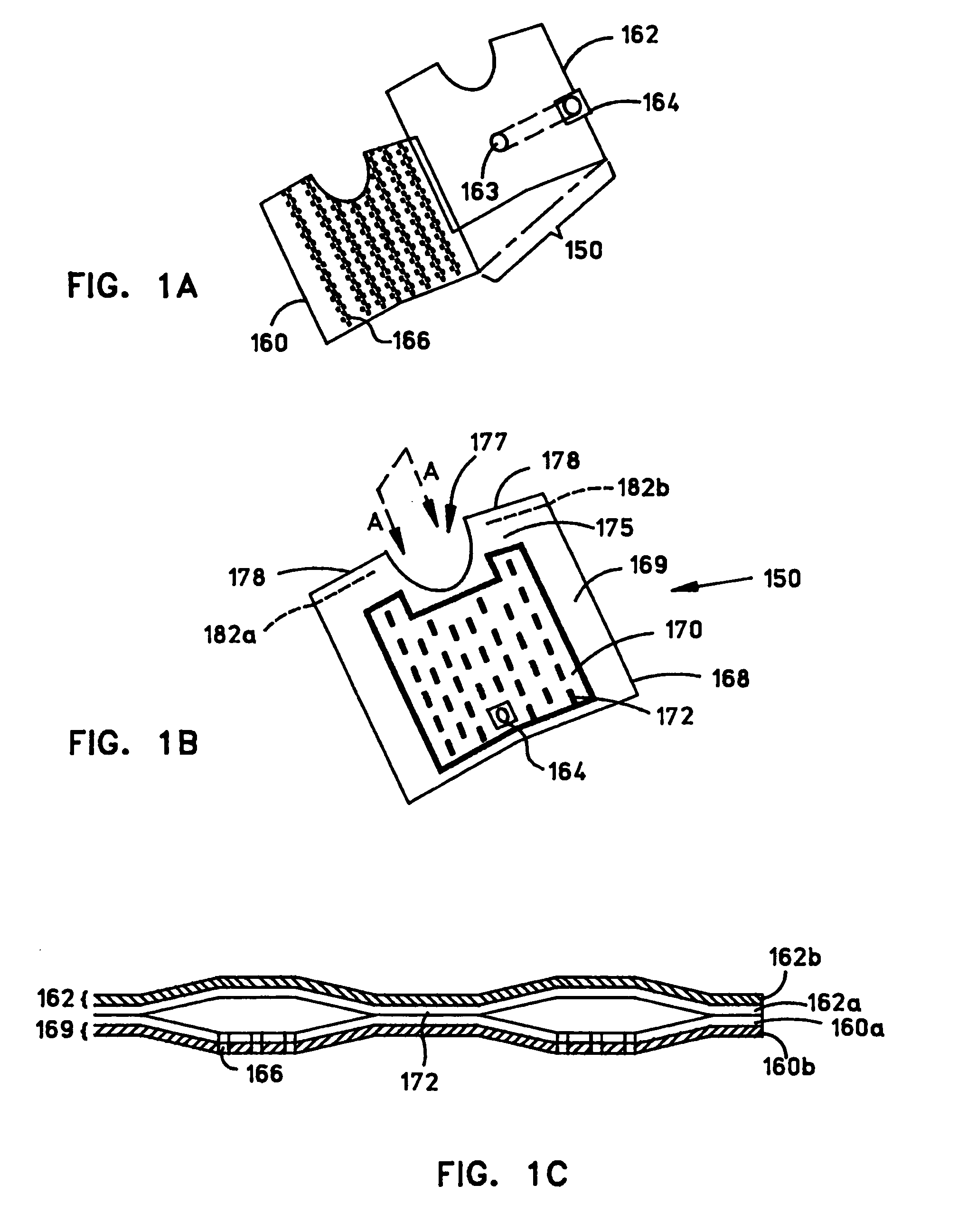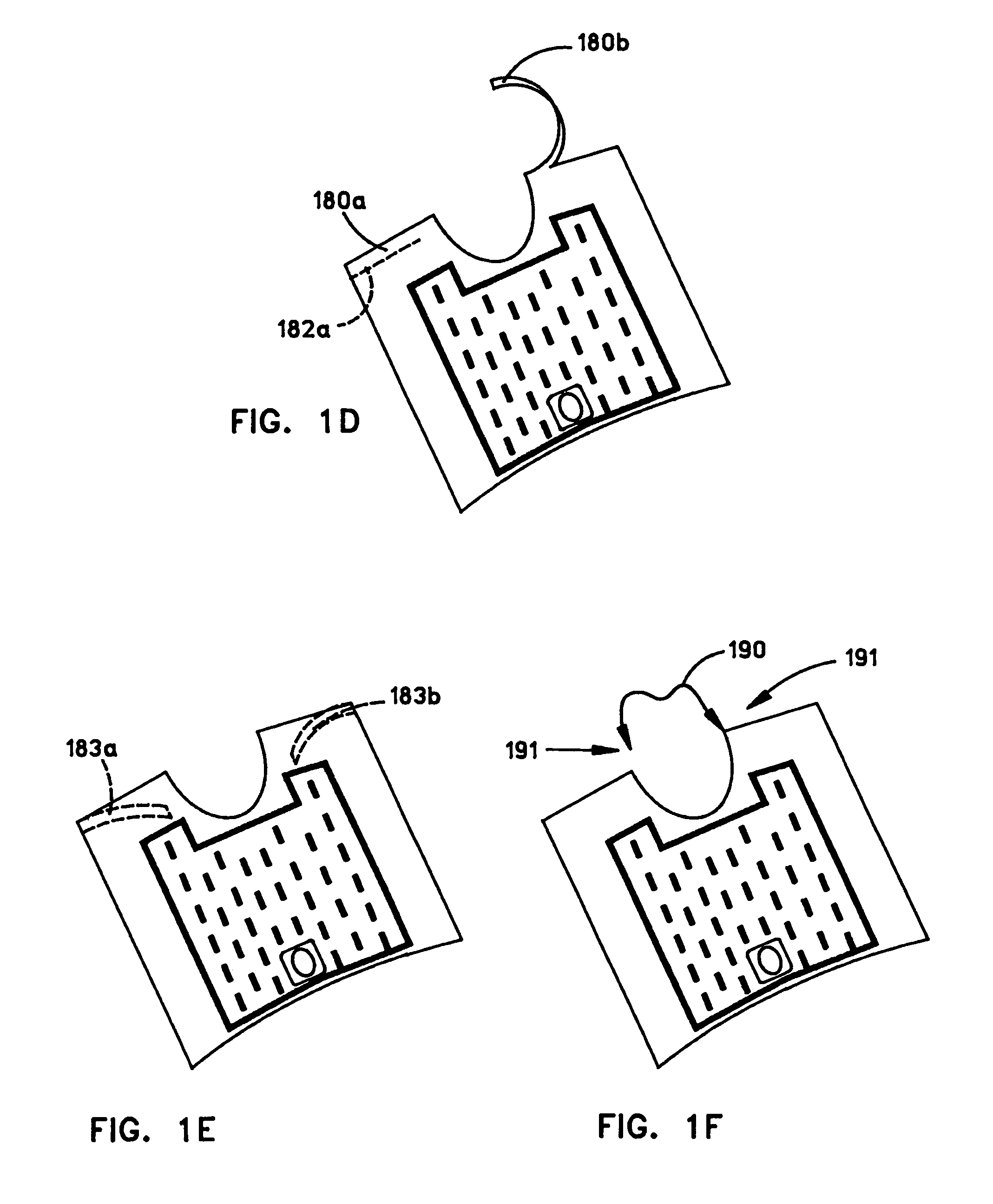Patient comfort apparatus and system
a patient comfort and apparatus technology, applied in the field of patient comfort systems, can solve the problems of severe curtailing, inconvenient use of inflatable blankets, and inability to easily or readily deploy on persons standing, and achieve the effects of ensuring comfort for patients, effective convective heating, and simple manufacturing, storage and deploymen
- Summary
- Abstract
- Description
- Claims
- Application Information
AI Technical Summary
Benefits of technology
Problems solved by technology
Method used
Image
Examples
Embodiment Construction
[0018]The invention is embodied as a pneumatic convective device receivable on a human or animal body in a clinical setting which receives a stream of pressurized, thermally conditioned air, distributes the pressurized air within a pneumatic structure, and emits the air through one or more surfaces for convective transfer of heat between the thermally conditioned air and the body. Various specific embodiments of the invention are illustrated and discussed according to an example in which a human body is warmed by focusing or concentrating convective warming on the body core in order to permit patient movement and to enhance clinical convenience, although this is not intended to suggest that the invention may not be used for cooling, which, indeed, it may. The pneumatic convective device may be deployed for use with humans, animals, patients, clinicians, practitioners, observers, and so on.
[0019]Further, use of the term “convective” to denote the transfer of heat to a body refers to ...
PUM
| Property | Measurement | Unit |
|---|---|---|
| temperature | aaaaa | aaaaa |
| temperature | aaaaa | aaaaa |
| angle | aaaaa | aaaaa |
Abstract
Description
Claims
Application Information
 Login to View More
Login to View More - R&D
- Intellectual Property
- Life Sciences
- Materials
- Tech Scout
- Unparalleled Data Quality
- Higher Quality Content
- 60% Fewer Hallucinations
Browse by: Latest US Patents, China's latest patents, Technical Efficacy Thesaurus, Application Domain, Technology Topic, Popular Technical Reports.
© 2025 PatSnap. All rights reserved.Legal|Privacy policy|Modern Slavery Act Transparency Statement|Sitemap|About US| Contact US: help@patsnap.com



